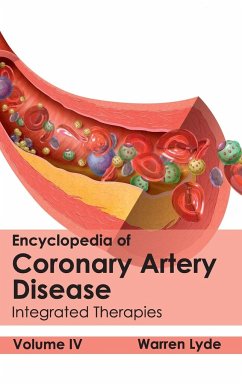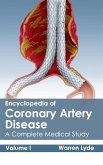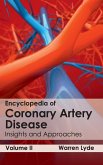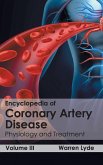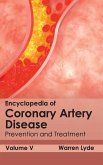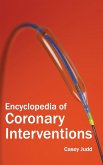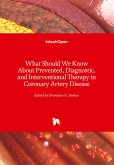The death rate due to ischemic heart disease has declined in current years. The improved comprehension of risk factors related to the growth of coronary artery disease has considerably contributed to this decrease. Enhancements in medical and interventional therapy have minimized the problems related to acute myocardial infection as well as revascularization. After the introduction of imaging methodologies, the noninvasive characterization of regional function, metabolism and perfusion enabled more advanced tissue characterization to recognize changeable dysfunction with great prognostic and diagnostic accuracy. It can now be authentically claimed that computed tomography angiography (CTA) of the coronary arteries is available. In the examination of patients with suspected coronary artery disease, several guidelines today deem CTA as an alternative to stress testing. The nuclear method most commonly employed by cardiologists is myocardial perfusion imaging (MPI). The organization of CTA with a nuclear camera supports the achievement of cardiac function, coronary anatomy and MPI from a single piece of equipment. Evaluating cardiac viability is now quite ordinary with these optimizations to cardiac imaging. Conventional coronary angiography displays a variety of restraints associated with content, patient safety, image acquisition and interpretation. Obstacles to such enhancements consist of the lack of clinical outcomes, studies associated with novel imaging technology, the requirement for physicians, staff member training, and the costs related to acquiring and efficiently using these enhancements in coronary angiography. This book contains significant information that each and every cardiologist needs to know. It contains two sections on coronary heart disease and noninvasive diagnostic approach in coronary heart disease.
Hinweis: Dieser Artikel kann nur an eine deutsche Lieferadresse ausgeliefert werden.
Hinweis: Dieser Artikel kann nur an eine deutsche Lieferadresse ausgeliefert werden.

